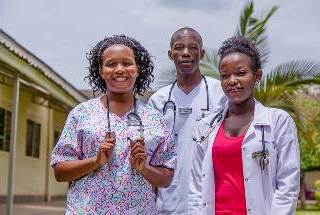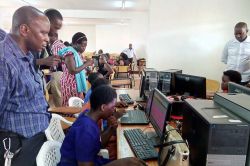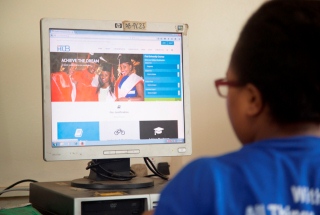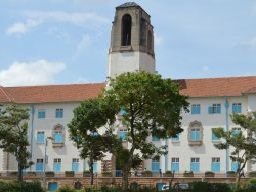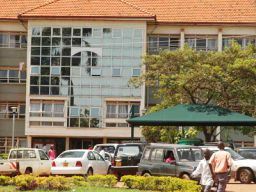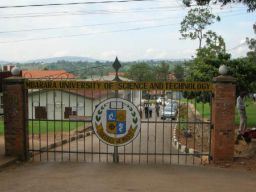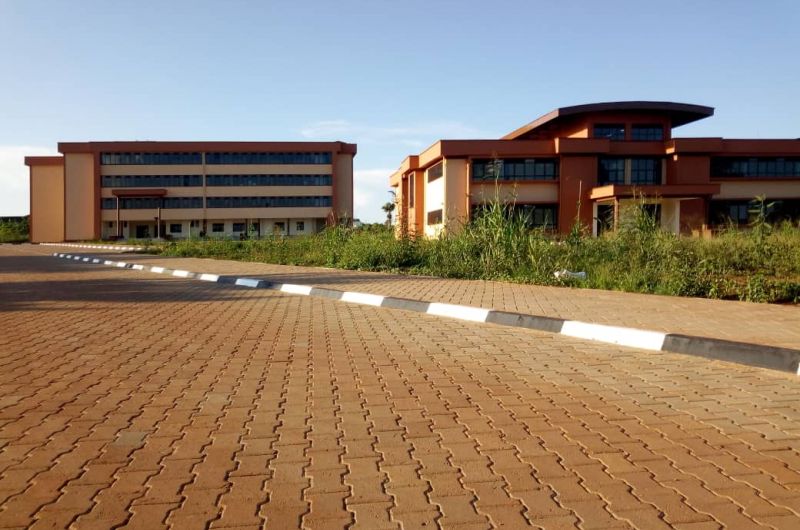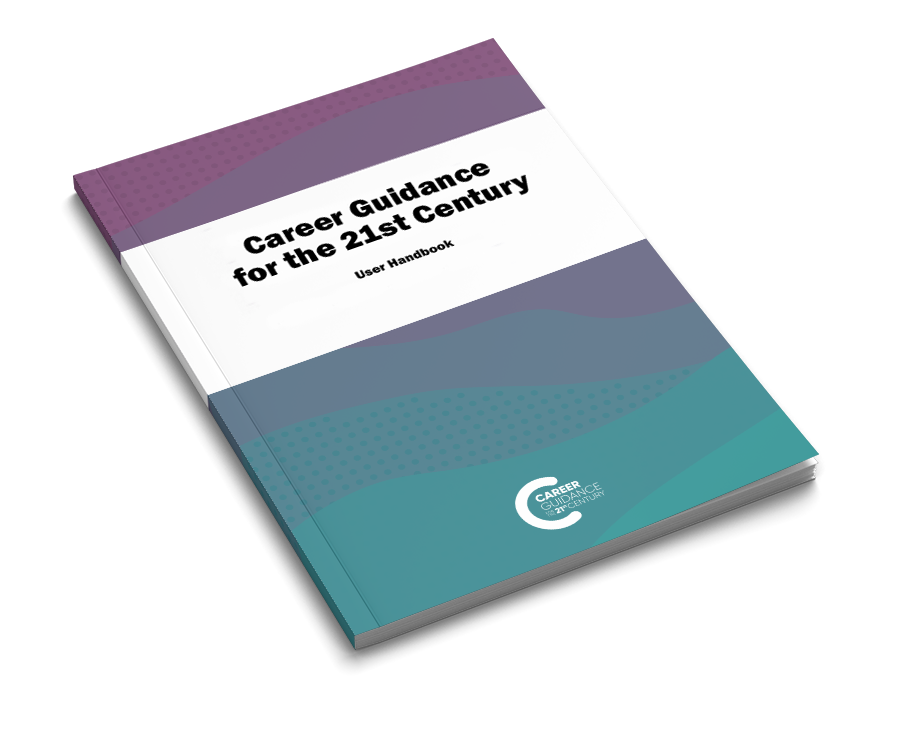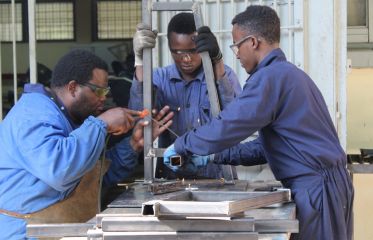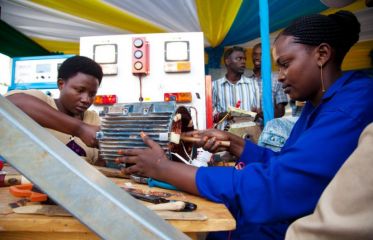Reference is made to a letter to the editor titled: “MPs who visited Namulonge fields did not get clear picture”, published in the New Vision of December 24, 2016.
The writer questioned the capacity and qualifications of Members of Parliament to learn and understand issues surrounding biotechnology and genetic engineering so that they can correctly decide on the pending Biotechnology and Biosafety Bill. The writer, a university don, questions whether the honourable MPs have the capacity to discern what a good scientific experiment should constitute and attempts to discredit the MPs’ learning tour and other such engagements with researchers, on biotechnology, as efforts at “conversion”.
Apparently, the writer is opposed to anyone seeking to know more about biotechnology or genetic engineering- a component of the former.
The debate on use of modern biotechnology and biosafety in Uganda dates way back and all parties involved (for or against) have variously made their case. Ugandan researchers started using modern biotechnology over a decade ago, to address multiple problems faced by the society, in instances where interventions at the time and now, had failed, including: crop pests, diseases, micronutrient deficiency, drought, and low soil fertility.
Modern biotechnology research is immensely regulated and before an experiment can be approved, several approval levels/processes are done, starting from the institutional biosafety committee to the National Biosafety Committee that has representatives from different Government agencies plus the legal fraternity and consumers. Once an application is approved, researchers are granted clearance by the Uganda National Council of Science and Technology (UNCST) to conduct the experiments. This ensures that research conducted and products generated are safe for the users and the environment.
In Uganda, several biotechnology products have either been developed or are still in the pipeline. Unfortunately, Ugandans cannot yet use these products because we need a law to regulate the biotechnology used to develop them and ensure that products are safe for consumption, short of which abusers incur penalties. Therefore, it’s surprising for a scientist to insinuate that NARO is an employer of “science crooks” and yet NARO has openly invited member of the public, including MPs, students, clergymen, farmers, and those opposed to biotech to learn about these products and solutions they offer to crop problems. Access to information is a constitutional right and I invite the writer to use this right to get accurate information on biotech and genetic engineering.
NARO does public research, not in secrecy, but under the strict supervision of bodies such as UNCST and the Ministry of Agriculture, Animal Industry and Fisheries. Since its establishment, NARO scientists have developed hundreds of improved varieties of crops including cassava, rice beans, maize, and banana to help raise farmers’ incomes. Reader, please note that science has many complementary disciplines; the work of a plant scientist cannot be directly compared to that of a human doctor. Keenly followed, you will realise varying levels of scientific insight across the disciplines, occasionally subject to perceptions and prejudices.
The specific experiment in question is designed to evaluate maize varieties for resistance to stem borers, locally known as Ndiwulira. The stem borer is one of the most damaging pests of maize and can lead to 100% yield loss where the pest pressure is high. There is evidence of increasing losses to stem borers because of the changing climate. The traditional control methods such as maize stover management, early planting, intercropping, and habitat management are not very effective. The use of insecticides also has drawbacks including high costs, environmental degradation and inability to reach the larvae that reside inside maize stems. Therefore, resistant varieties remain a pillar for an integrated control.
With respect to the specific technology being tested, the maize varieties have been genetically engineered to resist stem borer damage. This technology was deregulated in the US in 1995. The resistant maize is now produced in many countries including Egypt and South Africa. In our trials, the technology has so far proven to be very effective, resulting into over 2,000Kg yield increase per hectare over the local commercial varieties. Thus, having a potential of saving many families and the nation.
Back to the observations made by Dr. Olupot- the Writer; he confuses readers that the symptoms of stem borer damage on maize leaves shown in the article’s picture, suggest a lack of five nutrients- Nitrogen, Sulphur, Boron, Zinc and Silicon. Drawing such conclusions from a picture of people in a maize field and not a close-up of affected plants is preposterous. In fact, the suggestion that conclusions should be drawn from performance is true. Unfortunately, he contradicts the very principle that he preaches.
The writer draws very strong assertions from pictures, without talking to the scientists, the people who visited the fields or even visiting the field himself. Therefore, the assertion that the good-looking maize varieties were irrigated/fertilized while those that looked miserable were not, is again a gross scientific error by the Writer. All the maize varieties in the field received the same treatments, including irrigation and fertilization. The picture with stunted maize shows the portion with susceptible maize varieties that were damaged by stem borers. The part in the second picture where he considers the maize irrigated and fertilized and good-looking is not part of the main experiment. This is an area planted with local commercial varieties to shield the experiment from interference, which a seasoned scientist like The Writer, should know.
For a lecturer and researcher to call other researchers “science crooks” is so debilitating and a shame considering he did not make effort to get the right information. It is also an insult to all institutions involved in the approval and regulation of biotechnology research in Uganda. We therefore invite the writer to visit this and other genetic modification experiments at Namulonge so that he can make get better insights. Perhaps he can be prudent enough to engage in intellectual discourse with his colleagues and see how best we can use his intellect to generate vital information and interventions to benefit the nation.
By Dr. Michael Otim
Senior Scientist and Program Leader, Cereals Research Program, National Crops Resources Research Institute (NaCRRI-Namulonge)
Source * newvision.co.ug







